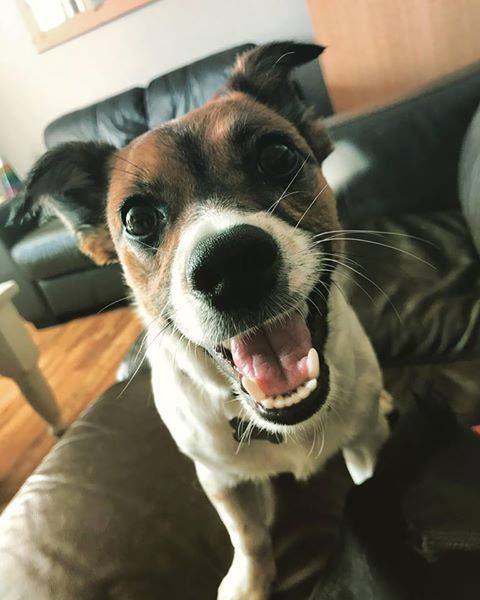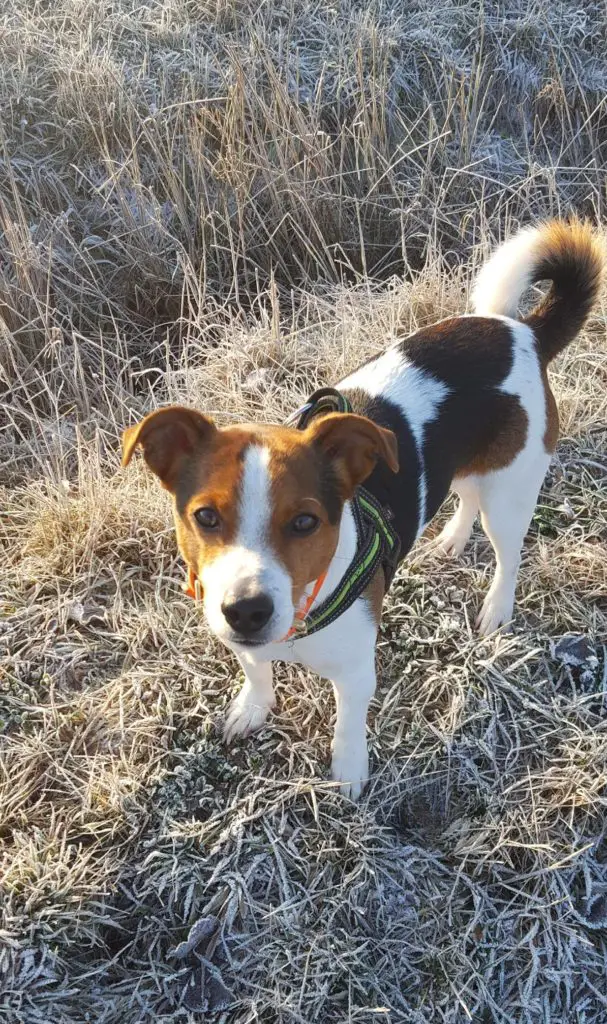Table of Contents
When it comes to fleas, an ounce of prevention goes a long way. But what if you already have an infestation? Then you need to get serious.
*This post may contain affiliate links. As an Amazon Associate we earn from qualifying purchases.
There are highly effective pharmaceutical flea control methods on the market. They work fast and get the job done. However, some people, for different reasons, might not want to use them.
Is there an alternative? Fortunately, there are several.
A Few Caveats

Before we get started, though, it’s important to understand that these measures may not have the same immediate effect as the one-spot solutions you get from your vet. You might have to repeat them, and you might have to treat your pet more often. Finally, some of these products should never be applied directly to your pet, so check each method carefully before using.
However, with a little research and a little work, you can kill fleas with solutions that are gentler for you and for your pet. And you can keep them from coming back.
Diatomaceous earth
Diatoms are a kind of algae that live in rivers and lakes. They take in silicon from the water around them, and use it to make their shells. When they die, they leave these shells behind. The shells fall to the floor of the waterway and become part of the sediment at the bottom.
Diatomaceous earth is crushed sedimentary rock that contains these silicate shells. You can buy it in powder form. It’s non-toxic to humans and pets (though it can irritate nasal passages). However, it will kill pests.
How? The shards of silica are sharp, and they cut through the pests’ exoskeletons. And then the silica dries them out. However, with food-grade diatomaceous earth these shards are too small to do any damage to humans or pets.
How to use it

First, keep your pet’s surroundings clean. Clean and vacuum your home several times a week, and once a week, wash your pet’s bedding in warm, soapy water. The fewer fleas you have to kill, the more effective any flea control method will be.
Next, buy food grade rather than pool grade diatomaceous earth. This is important. Pool grade DE is used to clean pools, and it can harm your pet.
The Bug Squad recommends sprinkling DE on carpets and bedding, and leaving it for between four and 24 hours. They do not recommend putting it on your pet directly, as your pet may lick it off. Also, it can be drying to your pet’s skin.
Finally, vacuum and sweep up the dust when you’re done. Repeat every three to four weeks.
Cons and concerns
The Bug Squad recommends caution if you or your pet has asthma, as DE can aggravate it.
One of the major downsides of DE is that it can be quite messy. If you have a problem with dust, you won’t like this. During application, turn off any fans, as this will spread the dust around.
The Bug Squad also recommends staying away from DE products labeled specifically as pest control. Many of these contain additional pesticides, which can harm your pet.
Also, again, always buy food grade DE, with a purity of 90 percent or more.
Dishwashing Liquid With a Lemon Juice Chaser
The Bug Squad’s favorite method for killing fleas is a warm bath with water and dishwashing liquid (not dishwasher liquid!), followed by lemon juice or a vinegar solution. The dishwashing liquid kills the pests, they say, and the lemon juice or vinegar keeps them away.

This is more time consuming than spot-on flea control, and it can be a nightmare if your pet hates a bath. On the other hand, it’s gentle, non-toxic, and, according to the Bug Squad, it works. How does it work? Like diatomaceous earth, the soap breaks down pests’ exoskeletons and kills them.
Many sources recommend Dawn dishwashing liquid in particular. However, the Bug Squad contends that you can use other brands as well.
How to use it
Fill a tub with warm water, and add the dishwashing liquid. You don’t need a lot. Wash your pet thoroughy, working up a good lather. Leave the lather on for at least two minutes. Rinse and towel-dry your pet.
If there is a large flea infestation, you may have to repeat the process.
You can bathe them like this every two to three weeks.
What about the lemon juice?
Applying lemon juice or a half-and-half solution of vinegar and water, using a spray bottle, can keep fleas away, as they hate the smell. Just keep it out of your dog’s eyes. If you want to apply it to the face, use a moist cloth.

Salt and Borax
Salt and 20 Mule Team Borax (not Boric acid!) are widely available at most grocery stores. They are generally inexpensive, and both are non-toxic. They work in the same way to kill fleas: by drying them out.
How do you use them?
First, choose one.
Next, sprinkle it on your carpets, floorboards, pet bedding, etc. Do not use these directly on your pets. Leave for 24 to 48 hours.
Finally, vacuum or sweep it up and dispose of it.
You can read more about this and other methods at Fleaguide.com.
Once the Fleas are Gone

Once the fleas are gone, double down on prevention. Wash your dog’s bedding at least once a week. Vacuum often. Keep grass and bushes trimmed. And comb your dog with a flea comb every time they come inside from outdoors — or daily if they’re an indoor pet.
Natural flea control takes time and it takes work. But it is possible. And ultimately, you’ll be glad you made the effort.
Featured Image: Public Domain, by NOAA, via Wikimedia Commons

